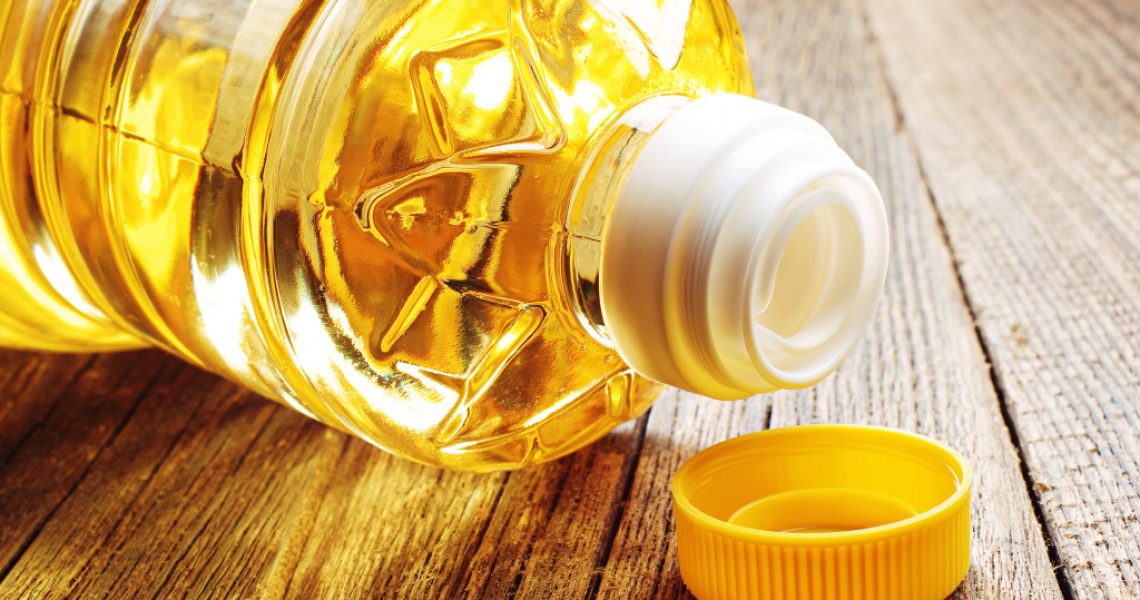As a manufacturer of edible liquids, packing and shipping your products can be challenging. You want to ensure your products are adequately protected and arrive at their destination in good condition. Here are some tips to help you package your edible liquids for shipping.
The type of liquid being packed
Essentially, there are two different types of edible liquids – those that are fatty and those that are water-based. Each will require different packaging to maintain freshness and avoid leaks.
It would help if you used heavier-duty packaging to prevent leaks when packing fatty edible liquids. A box or a plastic container with a screw-top lid is ideal. Make sure the container is properly sealed to avoid spills.
Pack water-based edible liquids in lightweight containers, such as plastic bags or cardboard boxes. Be sure to seal the container well to prevent leaks. You may also want to include a block of ice with your package if shipping long distances.
The efficiency of the process
Packaging edible liquids can be time-consuming; therefore, you should find ways to maximize efficiency. Investing in suitable equipment for automated packing can help streamline the process and protect against potential issues such as leaks or contamination.
If you are looking for a more efficient way to pack your edible liquids, consider outsourcing packing services. Specialized packing companies can provide the equipment and staffing necessary to get the job done quickly and effectively.
They can help ensure your products are adequately protected during transport. They can also provide accurate liquid filling when outsourcing packing services to ensure accurate metrics. This is particularly important when packaging large volumes of liquid.
The available packaging materials
When choosing the ideal packaging material for your edible liquids, consider items that are heat- and cold-resistant, as well as those that can protect against potential pressure changes.
Heat-sealed plastic bags are ideal for packing water-based liquids, while plastic containers with screw-top lids are best suited to fatty edible liquids. Cardboard boxes with foam inserts offer an extra layer of protection during transit. Make sure to choose packaging materials that are durable and leak-resistant.
Finally, don’t forget to include labels on your packages. This is important for identifying the contents and providing contact information in case of an issue with delivery or quality control.
The size of the container
When packing edible liquids, it is essential to consider the size of the container. This goes hand-in-hand with the type of liquid being packed. This is particularly important when packing fatty edible liquids, as they can be more prone to leaks.
For example, a small jar of water-based sauce will need a different type of seal than a gallon-size jug of olive oil. Additionally, larger containers can require additional packing materials for protection during shipping.
The intended shelf life

Edible liquids can have a shelf life from a few days to a few months. Obviously, the shorter the shelf life, the more critical it is to use packaging that will keep the contents fresh.
The shelf life of edible liquids can vary depending on the type of liquid and the packaging used. Generally, fatty liquids have a longer shelf life than water-based liquids. This is because fats are more stable and can provide a barrier against microbial growth.
Packaging is an essential factor in maintaining the freshness of edible liquids. Appropriate packaging can help prevent leaks and contamination and extend the product’s shelf life. Utilizing suitable packaging materials and techniques can ensure your edible liquids reach their destination safely.
Transportation methods
Will the packaged edible liquids be shipped? If so, they must withstand whatever type of shipping method is used – land, sea, or air.
When shipping edible liquids, it is crucial to consider the transportation method used. For example, if sending products by sea, you will need to use a container resistant to water and humidity. Containers such as plastic jugs or bottles are ideal for this type of shipping. Make sure to use materials that are durable and leak-resistant.
If shipping by air, you will need to use a container that can withstand changes in pressure. You can use specialized containers or even insulated boxes for this purpose. Additionally, make sure to use a cushioning material such as foam around the container to keep it safe during transport.
If sending it by land, you will want to use packaging that can protect against potential shocks and vibrations during transport. You should also consider the type of vehicle it is transported in and whether it needs climate control.
These are just a few things to consider when packing edible liquids. By taking the time to think about each factor, you can be sure that your packaged product will arrive at its destination fresh and intact.

